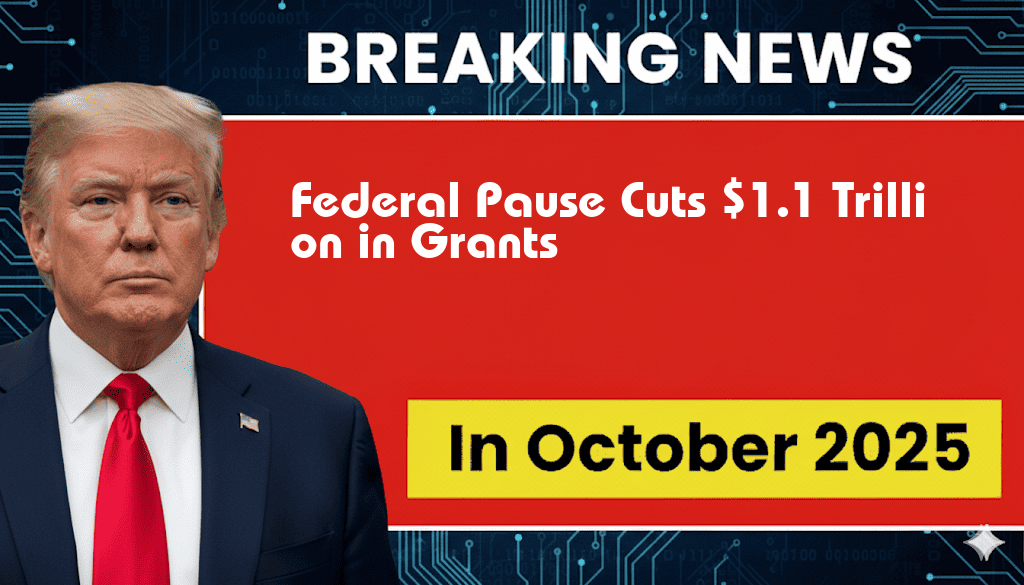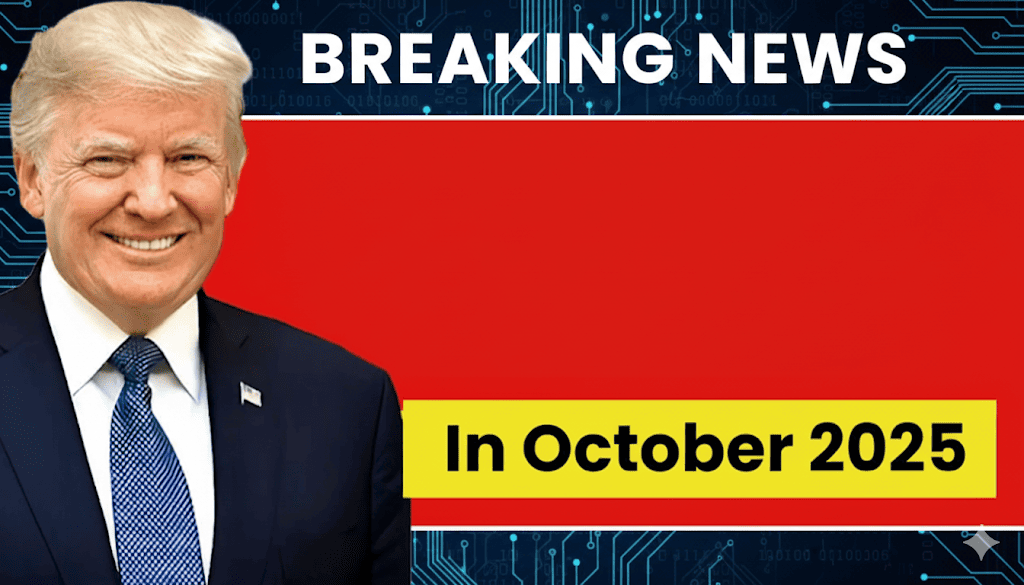The recent decision by federal authorities to implement a temporary pause on certain funding programs has led to a staggering $1.1 trillion cut in grants that are crucial for various public initiatives. This pause, which affects funding across multiple sectors including education, healthcare, and infrastructure, has raised concerns among policymakers and community leaders about the long-term implications for public services. With many programs relying heavily on federal support, the cut is expected to hinder the operations of local governments and nonprofit organizations nationwide. Stakeholders are now calling for urgent discussions to address the funding void and explore alternative solutions to sustain essential services.
Understanding the Federal Pause
The federal pause stems from ongoing negotiations regarding budget allocations for the fiscal year. As lawmakers grapple with competing priorities, the lack of consensus has resulted in a freeze on the distribution of grants. This development is not merely a temporary setback; it signals a broader trend of uncertainty surrounding federal funding mechanisms.
Impact on Key Public Programs
The repercussions of the funding cut are already being felt across several critical sectors:
- Education: Schools and universities that depend on federal grants for programs like special education, after-school initiatives, and technological upgrades are bracing for significant operational challenges.
- Healthcare: Community health services and public health initiatives, which often rely on federal funding to provide essential care and preventive services, may face cuts that could lead to reduced access for vulnerable populations.
- Infrastructure: Local governments planning infrastructure projects may see delays or cancellations as federal funding becomes uncertain, potentially impacting job creation and economic growth.
The Broader Economic Implications
The $1.1 trillion reduction in grants is not just a statistical figure; it has tangible economic implications. Analysts warn that these cuts may lead to job losses in public sector roles and private enterprises that contract with government agencies. Furthermore, reduced funding for public programs can exacerbate existing social inequalities, particularly affecting low-income communities that rely on government services for support.
Reactions from Officials and Experts
Local leaders and experts have expressed deep concern regarding the cuts. Many argue that the federal government must prioritize funding for essential services, especially during challenging economic times. According to a Forbes report, the pause in funding could lead to a ripple effect, straining state budgets and forcing local governments to make tough decisions regarding service delivery.
“We cannot afford to let these critical services falter,” said a representative from a local nonprofit organization focused on providing educational resources. “Without federal support, we risk losing the very programs that help our communities thrive.”
Potential Solutions and Alternatives
In light of the funding freeze, various stakeholders are exploring potential solutions to mitigate the impact of the cuts. Some proposed alternatives include:
- Public-Private Partnerships: Encouraging collaborations between government entities and private businesses could provide additional funding sources and enhance service delivery.
- State-Level Initiatives: States may need to step in with their own funding solutions to fill the gaps left by federal cuts.
- Community Fundraising: Nonprofit organizations and local governments might ramp up fundraising efforts to sustain essential programs.
Looking Ahead
The future of public programs hinges on the resolution of the federal budget stalemate. As discussions continue, it is vital for lawmakers to recognize the importance of these grants and their role in supporting the social fabric of the nation. The urgency of the situation calls for bipartisan cooperation to ensure that essential services remain funded and accessible to all Americans.
Conclusion
The $1.1 trillion cut in grants due to the federal pause poses significant challenges for public programs across the country. As the situation evolves, the need for effective solutions and collaborative efforts will be critical in safeguarding the future of these essential services.
| Sector | Estimated Funding Loss | Potential Outcomes |
|---|---|---|
| Education | $500 billion | Program reductions, staff layoffs |
| Healthcare | $300 billion | Decreased service access, layoffs |
| Infrastructure | $300 billion | Project delays, job losses |
Frequently Asked Questions
What is the reason behind the $1.1 trillion cut in grants?
The federal pause in funding has resulted in a significant reduction of grants, totaling $1.1 trillion, which is impacting various public programs across the country.
How will the cuts in grants affect public programs?
The cuts in grants are expected to lead to reduced funding for essential public programs, which may result in limited services, job losses, and decreased support for communities that rely on federal assistance.
Which public programs are most affected by these grant cuts?
Programs that focus on education, healthcare, and social services are among the most impacted, as they typically rely heavily on federal grant funding to operate effectively.
Is there any possibility of reversing the grant cuts?
Reversing the grant cuts would require legislative action, and it remains uncertain if policymakers will prioritize restoring funding to public programs in the near future.
What can individuals do to address the impacts of these grant cuts?
Individuals can engage with local representatives, advocate for public programs, and participate in community discussions to raise awareness about the consequences of the federal pause on grant funding.



